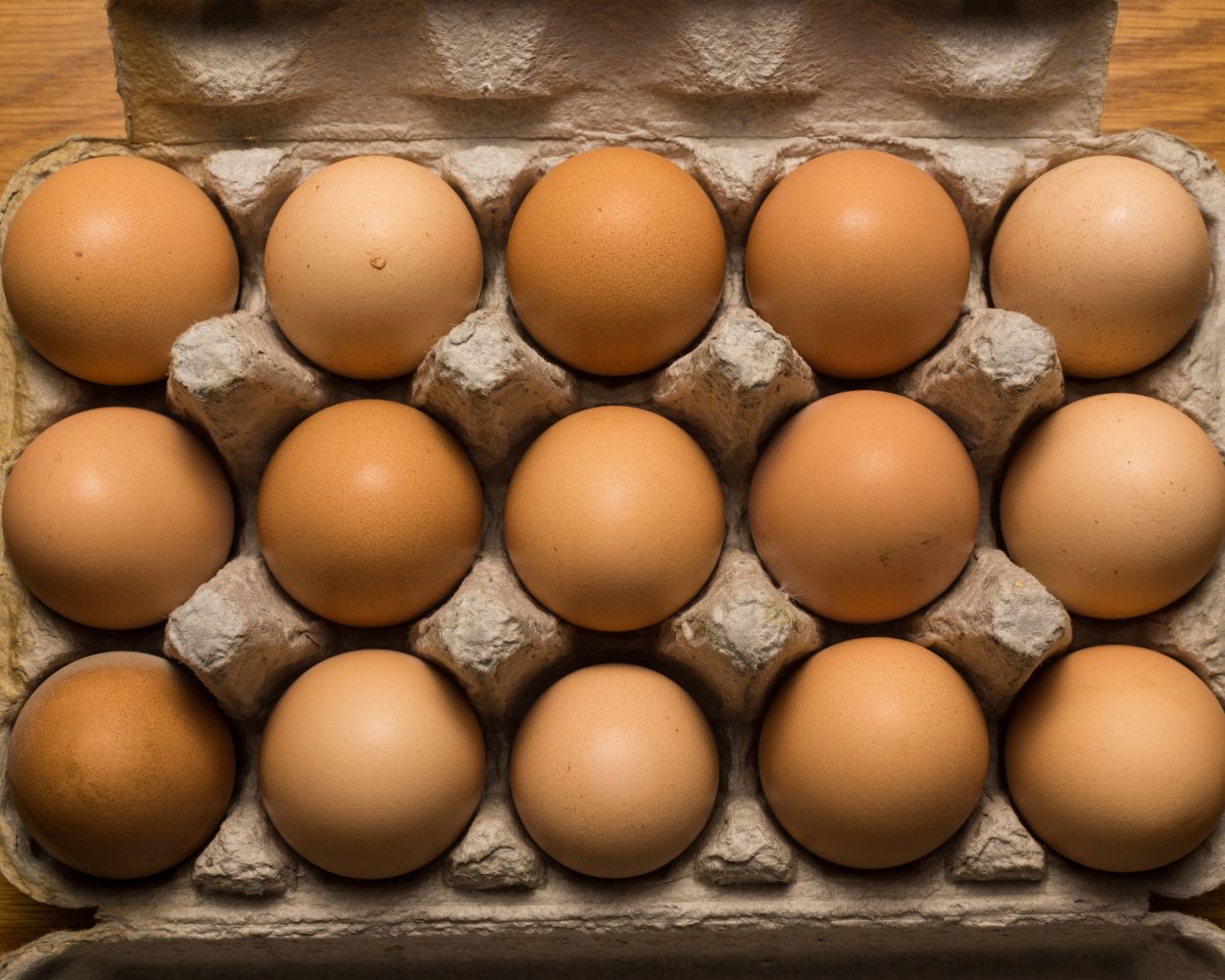In the sophisticated arena of poultry science and related culinary practices, understanding the distinction between a contaminated egg and a dead egg is crucial. As professionals in this field, it’s imperative for us to discern between these two categories for the sake of food safety, animal welfare, and successful farming practices. In this article, we will delve into the characteristic differences between a dead egg, often referred to as a ‘rotten’ egg, and a contaminated egg, explicating factors such as appearance, smell, potential harms, and preventative measures.
Defining a Dead or Rotten Egg
When we talk about a ‘dead’ or ‘rotten’ egg, we’re referring to an egg that’s either unfertilized or an embryo that began to develop but ceased at some point. This typically happens when the egg isn’t incubated at the proper temperature or the embryo simply fails to develop properly. Nowadays, technologies such as LaserLife® machine from Ecat-iD, are capable of identifying dead or contaminated eggs.
Identifying a Dead Egg
Dead eggs, or rotten eggs, are easily identifiable. One of the most common signs is a strong, foul odor that’s hard to miss. This distinctive smell is caused by the emission of hydrogen sulfide gas, produced as the egg decomposes.
Another way to identify a dead egg without cracking it open is through the process of candling. This involves shining a light source behind the egg to illuminate its interior. A rotten egg will usually show a dark shadow or a floating spot inside, indicating that the inner contents have started to decompose.
Potential Harms of a Dead Egg
Dead eggs, if consumed, can lead to food poisoning due to the presence of bacteria like Salmonella and E. coli. These pathogens release toxins that cause symptoms like stomach cramps, diarrhea, fever, and in severe cases, can lead to kidney failure or even death. Therefore, it’s crucial to discard any suspicious eggs to avoid potential health risks.
Understanding a Contaminated Egg
A contaminated egg, on the other hand, refers to an egg that’s been exposed to harmful microorganisms, either on its shell or within its contents. These bacteria can penetrate the eggshell and reach the yolk or the white, making the egg unsafe for consumption.
Identifying a Contaminated Egg
Detecting a contaminated egg is more challenging than spotting a rotten one. External contamination can occur if the egg comes into contact with fecal matter, dirt, or harmful bacteria in the environment. Such eggs may appear normal but may carry bacteria on their shells.
Candling can also be used to identify internal contamination. If dark spots or cloudiness are observed, the egg might be contaminated. However, many contaminated eggs appear normal from the outside and even after candling, making laboratory testing necessary for accurate identification.
Potential Harms of a Contaminated Egg
Consuming contaminated eggs can lead to foodborne illnesses, similar to those caused by rotten eggs. The most common bacteria found in contaminated eggs is Salmonella, which can cause a condition known as salmonellosis, characterized by diarrhea, fever, abdominal cramps, and vomiting.
Preventative Measures: Ensuring Egg Safety
To mitigate the risks associated with dead or contaminated eggs, several precautionary measures can be adopted. Maintaining clean and hygienic conditions in poultry farms, vaccinating chickens against common diseases, and following safe egg handling practices can significantly reduce the chances of egg contamination.
Another key preventative measure is proper egg storage. Eggs should be refrigerated at temperatures below 40°F to slow down bacteria growth. Cooked eggs should also be consumed promptly to minimize the risk of bacterial contamination.
Practical Tips: Handling Suspect Eggs
Should you come across an egg that’s suspected to be rotten or contaminated, the safest choice is to discard it. If you’re unsure, the tried-and-true method of the ‘float test’ may be employed. Fill a bowl with water and gently place the egg inside. If it sinks, it’s generally safe to eat. If it floats, it’s likely rotten and should be thrown away. However, this test doesn’t guarantee the detection of all instances of contamination, so when in doubt, always err on the side of caution.
In recapitulation, comprehending the differences between a dead egg and a contaminated egg is essential for maintaining food safety and ensuring high-quality poultry production. By being vigilant and adopting good farming and culinary practices, we can successfully navigate the intricacies of handling eggs, protecting both ourselves and consumers from potential health hazards.
Exploring the Causes of Dead and Contaminated Eggs
It’s essential to know what causes an egg to become dead or contaminated. This knowledge is fundamental for preventative measures and maintaining the integrity of poultry products. In a nutshell, the causes behind these issues are often related to environmental conditions, improper handling, or natural biological processes.
Causes of Dead Eggs
Let’s start with dead eggs. As mentioned earlier, a dead egg usually arises from an egg that has not been fertilized or an embryo that began developing but ceased. This cessation of development can be due to several factors. Fluctuations in the incubation temperature can halt the growth of the embryo, as can improper turning of the egg. Additionally, genetic abnormalities or infections can also lead to the death of an embryo.
Causes of Contaminated Eggs
Contaminated eggs, on the other hand, are often a result of environmental exposure. Eggs can become contaminated through contact with fecal matter or dirt in the nest box. Unhygienic conditions in the poultry house can also lead to contamination. Furthermore, an egg might become contaminated internally if the hen laying the egg is infected with bacteria or viruses.
The Impact on Poultry Farming
Understanding the difference between dead and contaminated eggs is not only critical for food safety but also plays a significant role in the field of poultry farming. It influences the farming practices, animal health, and the overall profitability of the farm.
Impact on Poultry Health and Farming Practices
Dead or contaminated eggs can negatively impact the health of the poultry flock. If not removed promptly, a rotten egg can burst and spread bacteria, potentially leading to a disease outbreak in the flock. Furthermore, the presence of contaminated or dead eggs can indicate underlying health or management issues in the farm, such as poor sanitation, diseases among hens, or improper incubation practices.
Financial Impact on Poultry Farms
From a financial perspective, dead and contaminated eggs represent lost revenue for poultry farmers. They reduce the number of sellable eggs and can lead to a decrease in consumer trust if they make their way to the market. Additionally, dealing with disease outbreaks caused by these eggs can result in costly veterinary bills and reduced egg production.
The differences between a dead and a contaminated egg are instrumental to poultry science and related culinary practices. By understanding these differences, identifying signs of each, and knowing their causes, we can implement effective preventive measures. This understanding not only ensures the safety and quality of eggs for consumption but also contributes to the overall health and profitability of poultry farms. Furthermore, by being aware of the potential harms these eggs can cause, we can ensure prompt action is taken to prevent any health risks. In essence, knowledge is power, and in this context, it’s the power to ensure food safety, animal welfare, and successful farming practices.





